Athi Varadaraja Perumal Temple – What lies beneath?
The Athi Varadar festival shot into prominence last year (2019) with people from all over India flocking to the holy city of Kanchipuram. This festival is celebrated at Athi Varadaraja Perumal temple.
The Athi Varadaraja Perumal temple was built by the Chola’s in 1053. Basically Athi means ‘Fig’ and Varadaraja means ‘King who bestows boons’, hence the temple is named Athi Varadaraja.
Over many centuries the following dynasties contributed in the expansion of the temple:
- Pandyas
- Pallavas
- Cheras
- Kakatiya
- Sambuvaraya
- Kandavarayas
- Telugu Cholas
- Hoysala
- Vijayanagara
Divya Desam temple
Vaishnavites (Vishnu devotees) consider the 108 Divya Desam (Vishnu) temples as sacred. Fourteen of the Divya Desam temples are in Kanchipuram with Athi Varadaraja Perumal being one of them. As per the legend, the great saint Sri Ramanujacharya resided in this temple.
In addition to the Divya Desam status, there is something special about this temple.
If you wish to know more, then read on…
The 40 year old ‘Athi Varadar’ tradition
As per the tradition every 40 years, water is drained from the water tank beside the temple. This is basically done to bring out the silver casket with the idol of Athi Varadar.
The 9 foot idol is then kept at Vasantha Mandapam for 48 days of public viewing:
- In a sleeping posture for the first 24 days
- In a standing posture for the next 24 days

What is the reason behind the ‘Athi Varadar’ idol staying immersed in the tank?
As a matter of fact, there is a mythological and historical reasoning behind the idol immersion.
Athi Varadar & Myth
As per Mythology, Brahma wanted to see Lord Vishnu in his true form. The true form being with four hands – each holding a conch, chakra, mace and lotus.
Ashwamedha yagna
Accordingly Lord Vishnu asked Brahma to perform 100 Ashwamedha yagna (an offering made to the almighty). This particularly concerned Brahma who realized performing them would be time consuming.
Lord Vishnu then advised him to perform one in Kanchipuram. As a matter of fact, performing a yagna here is equivalent of doing 100 such Ashwamedha yagna’s elsewhere.
Generally a consort accompanies her spouse in performing a yagna. Lord Brahma however decided to do so with Gayathri and Savithri i.e. his other consorts. This enraged Goddess Saraswathi who took form of river Vegavathi to interrupt the yagna.
Vishnu’s intervention
At this time, Brahma requested Lord Vishnu’s to intervene and stop Saraswathi. Vishnu then took to the sleeping posture and stopped the waters. Impressed with Brahma’s dedication Lord Vishnu emerged in the true form and bestowed him with boons.
Seeing Lord Vishnu in his true form, Brahma asked Vishwakarma to carve a sculpture. Vishwakarma known as the architect of palaces of Gods carved the idol of Athi Varadar from the wood of the fig tree.
This idol was however damaged by the heat from the next yagna. Lord Vishnu then asked Brahma to keep the idol immersed in the water tank.
Athi Varadar & History
Because of the possible Mughal invasion, two dattareyas immersed the idol in the water tank. The idol was placed in a silver casket with serpent clamps at the corners. The clamps helped prevent the silver casket with wooden idol from surfacing.
Forgotten Secret
With the passing away of the two dattareyas, the immersed idol of Athi Varadar in the water tank remained a secret. Hence the idol of Devaraja Perumal replaced the original idol which went missing.
On emptying the tank in 1709, the temple authorities found the idol in the silver casket. So the authorities kept the idol for 48 days of public viewing and immersed it back in the tank.
Since then, this tradition has been taking place every 40 years.
- Firstly in 1939
- Secondly in 1979 and
- Thirdly in 2019.
The next one will be in 2059!
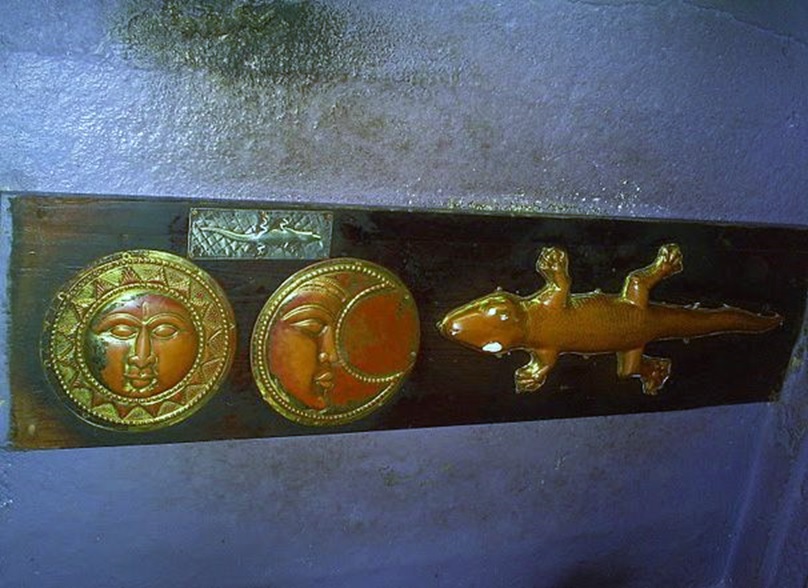
What’s the story behind the Golden and Silver Lizards on the ceiling of the temple?
As per the legend, the disciples of Sage Gauthama used to fill a tumbler with water for his puja. One day, to their surprise they noticed a lizard jumping out from the tumbler kept in front of the Sage. For this reason, the sage got furious and cursed the two disciples thus turning them into lizards.
Given that, the lizards stayed in Kanchipuram. Lord Indra who took the form as elephant Gajendran to worship Varadaraja Perumal relieved them of their curse.
You will see a golden and silver lizard with a sun and moon outside the Varadaraja temple.
Why do people touch the Golden and Silver Lizards?
The belief is, people who pray to Lord Varadaraja Perumal and touch them get a relief from their chronic diseases.
How was arrangement to see the idol of Athi Varadar in 2019?
Millions came to the holy city of Kanchipuram in 2019 to see the Lord. The city was not accustomed to handle such a crowd and thus chaotic. This resulted in some deaths and many passing out standing in the queue for long hours.
Amidst concerns, I went ahead with the plan to witness the age old tradition. In all it took me about 4.5 hours to witness the Lord for about 5 seconds. I did however experience a lot of pushing to enter a designated area where grouping takes place. This definitely is a challenge for the elderly after standing in the queue for long hours.
Apart from the pushing that takes place at one section, the queue system is quite systematic and otherwise well managed.
Time typically spend for getting a darshan of Athi Varadar
On this special occasion, one will spend 4-5 hours at a minimum to get a glimpse of the Lord. In many cases, devotees have spent even 10-12 hours or more and even give up!
Should I book a hotel in advance?
Yes, I would recommend you to book your hotel or lodge in advance for this special occasion. During this time, the accommodation seems limited and the hotel costs are at a premium.
The idol of Athi Varadar would be next available for public viewing in 2059.
How to reach Kanchipuram?
Kanchipuram is located off the highway to Chennai. The best way to get to Kanchipuram from Bangalore would be by bus (4.5 hours). If dropped at the highway, you can take a share an auto to reach your hotel or lodge. From all other cities, it’s best to fly to Chennai and drive to Kanchipuram (2 hours).
Best time to visit Kanchipuram?
The best time to visit Kanchipuram is between October-March with temperatures being a little cooler.
For more such spiritual experiences in India, check out some of the south India tour packages. And if mystery is your interest, check out some of the mysterious Indian tourist places.
In case you are keen on traveling to southern India, you could take a look at the itinerary of Tamilnadu and cover the Athi Varadar temple as a part of this itinerary.
India is not just about spirituality. There are many more facets to this ancient land – culture, mystery, history, nature, wildlife and so on. Check out some of the places to visit in India.

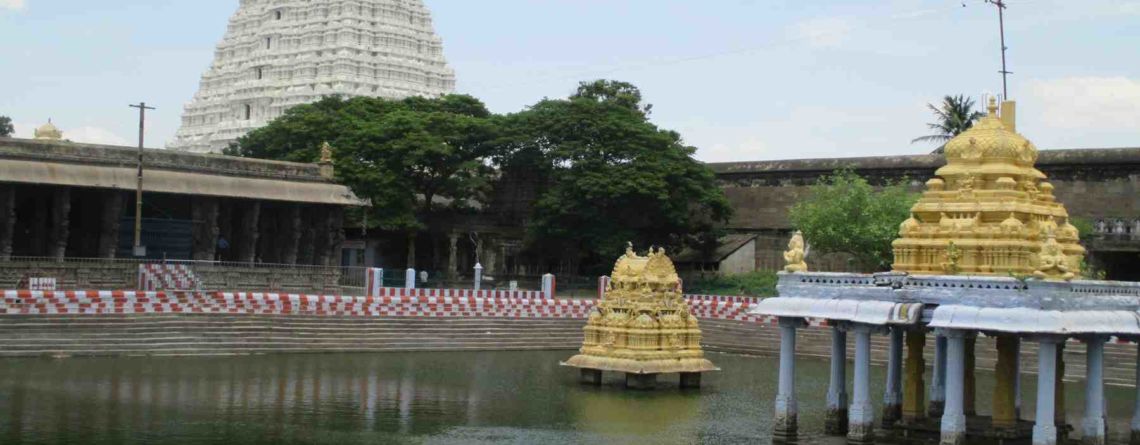
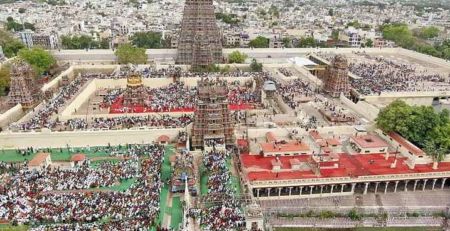

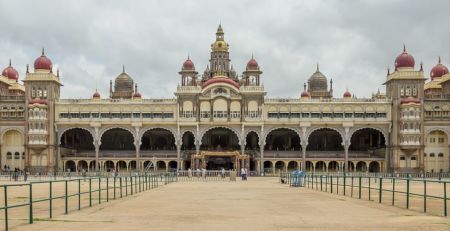
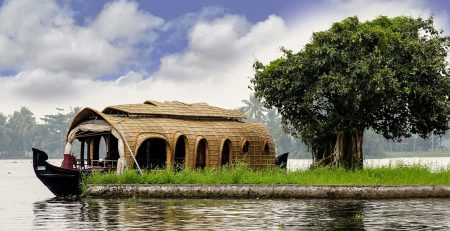





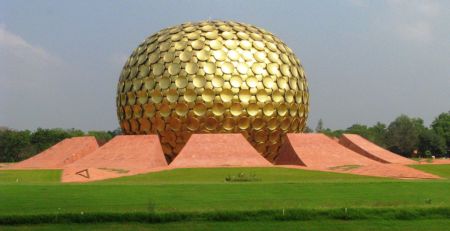
Comments (2)
Thank you for the wonderful explanations I was intrigued with the spiritual and heritage experience but very exhausting viewing if the gods
Perhaps more wheel chair darshan for seniors and cold water volunteers snacks for d voters would be advisableom Shanti
Dr vaishali verma
Agree whole-heartedly. My guess is the facilities will improve in the coming years